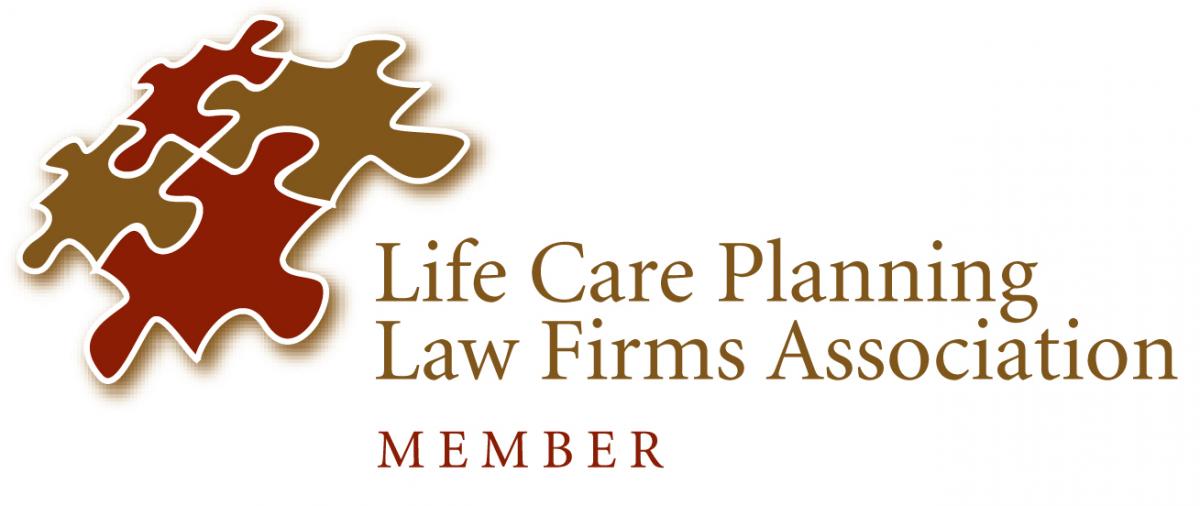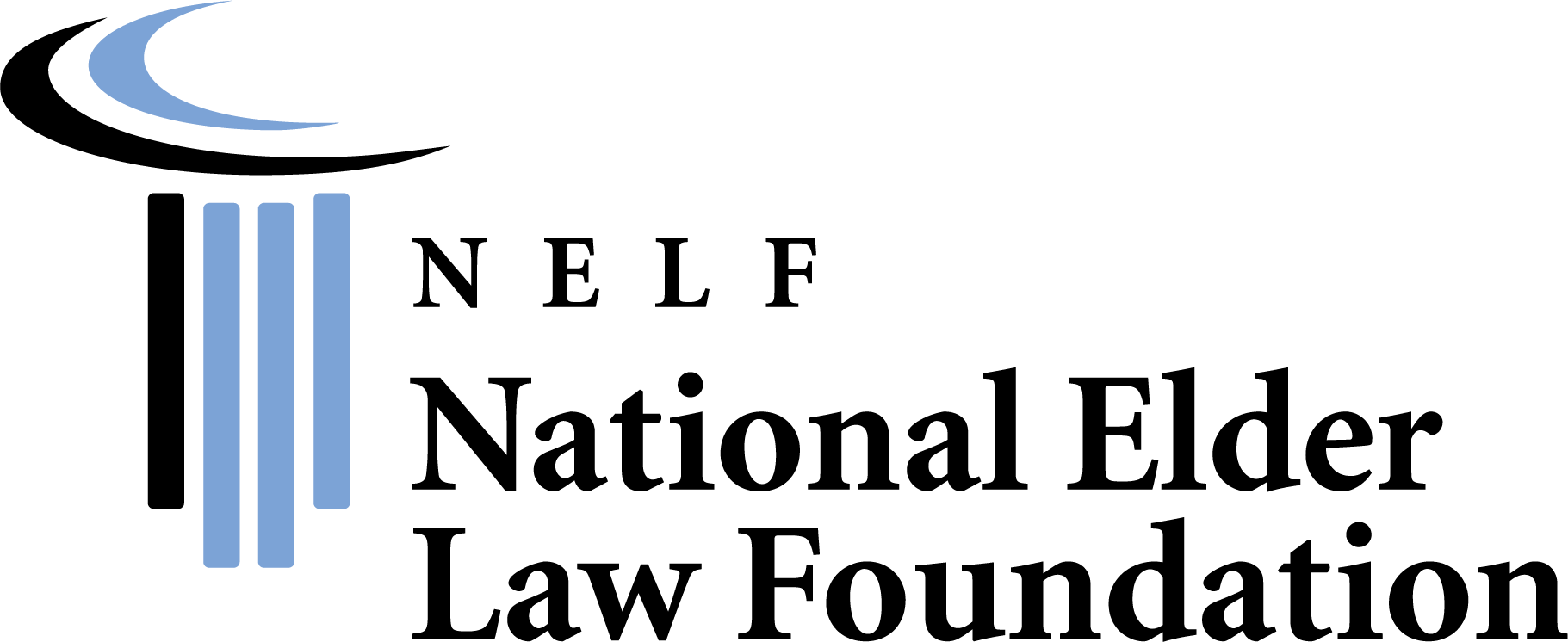POSTED IN: General Info
TAGS: Aging Well, Health & Nutrition, Hydration, Sleep
Share this

Seniors especially are susceptible to fluid and electrolyte imbalances due to the body’s lessened ability to conserve water. Also, the sense of thirst diminishes with age. Consequently, by the time an older person actually feels thirsty, essential fluids could already be extremely low. To compound the issue, certain medical conditions and medications can affect fluid retention and in cases of dementia, a person may forget to eat or drink or have difficulty swallowing. Certain drugs can cause frequent urination and that further depletes water and electrolytes. Knowing signs and symptoms of dehydration is critical since severe dehydration can cause seizures due to electrolyte imbalance, kidney failure, heat injuries, coma or death. Signs of severe dehydration include: little or no urination; dark or amber-colored urine; dry skin; irritability, dizziness, or confusion; low blood pressure; rapid breathing and heartbeat; weak pulse; and cold hands and feet. The goal is to balance fluid intake with output. Ways to increase fluid intake include the following:
- Use water enhancers such as pre-flavored waters or mix juice with water.
- Serve warm broth or sweet items such as popsicles, milkshakes and smoothies.
- Experiment with different serving temperatures to increase appeal.
- Be creative in serving containers to add desire to drink.
- Modify drinkware with straws, no-spill lids or handles to prevent spills.
- Add fruits and vegetables with high water content to the diet. Suggestions are: cucumbers, tomatoes, watermelon, bell pepper, grapes, cantaloupe, oranges, blueberries and apples.
Since thirst is not a reliable indicator of dehydration for older people, initial signs to look for include headache, constipation, muscle cramps, dry mouth and tongue, urine color, and sleepiness or lethargy.
Share this
Subscribe to our blog and monthly newsletter.










